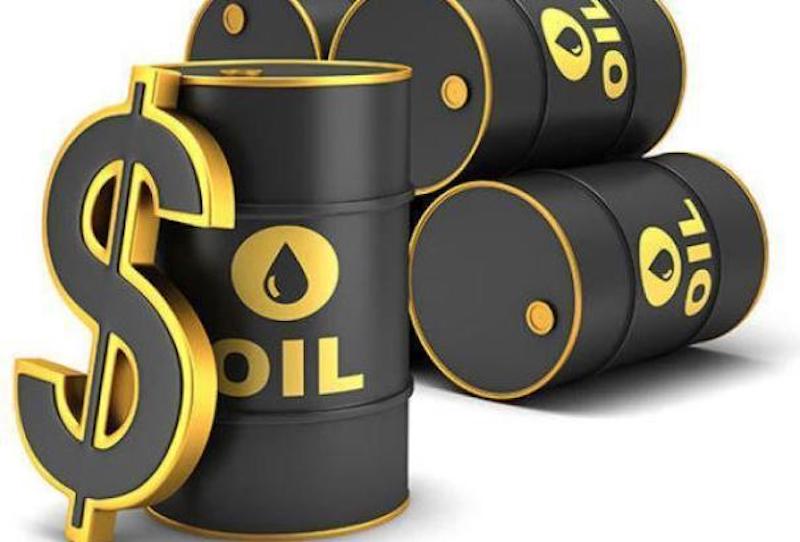Oil futures rose 56 cents to $81.66 per barrel on Friday, boosted by strong economic data from the Eurozone, the United States, and the United Kingdom, while US West Texas Intermediate crude (WTI) rose 50 cents to $77.87 per barrel.
Despite the final session gain, both futures fell for the week as interest rate and demand uncertainty weighed heavily on the market, with Brent losing 5.4% and WTI losing 5.6%.
Both crude benchmarks slid by more than 2 per cent on Thursday – to their lowest since the unexpected announcement in early April of production cuts by some countries of the Organisation of the Petroleum Exporting Countries (OPEC) on recession fears and swelling US inventories.
A survey from the eurozone, the US, and the UK lifted oil prices on Friday.
The eurozone economic recovery has unexpectedly gathered pace this month as the bloc’s dominant services industry saw already-buoyant demand rise, more than offsetting a deepening downturn in manufacturing.
HCOB’s flash Composite Purchasing Managers’ Index (PMI), compiled by S&P Global and seen as a good gauge of overall economic health for Europe, jumped to an 11-month high of 54.4 in April from March’s 53.7.
S&P Global also said its flash US Composite PMI Output Index, which tracks the manufacturing and services sectors, increased to 53.5 this month. That was the highest level since last May and followed a final reading of 52.3 in March.
British businesses also reported a bounce in activity and the slowest input cost inflation in more than two years.
The preliminary reading of the S&P Global/CIPS UK Composite Purchasing Managers’ Index (PMI) also revealed the slowest input cost inflation in more than two years, but price pressures appear strong enough for the Bank of England to raise interest rates again next month.
The PMI, which includes both service and manufacturing firms, increased to 53.9 in April from 52.2 in March.
However, economic uncertainty and the prospect of rising interest rates hung over the oil market.
Also weighing on the oil market is uncertainty about demand, particularly for the upcoming summer driving season.
Meanwhile, when the US Federal Reserve, the Bank of England, and the European Central Bank meet in the first week of May, all three are expected to raise interest rates.


